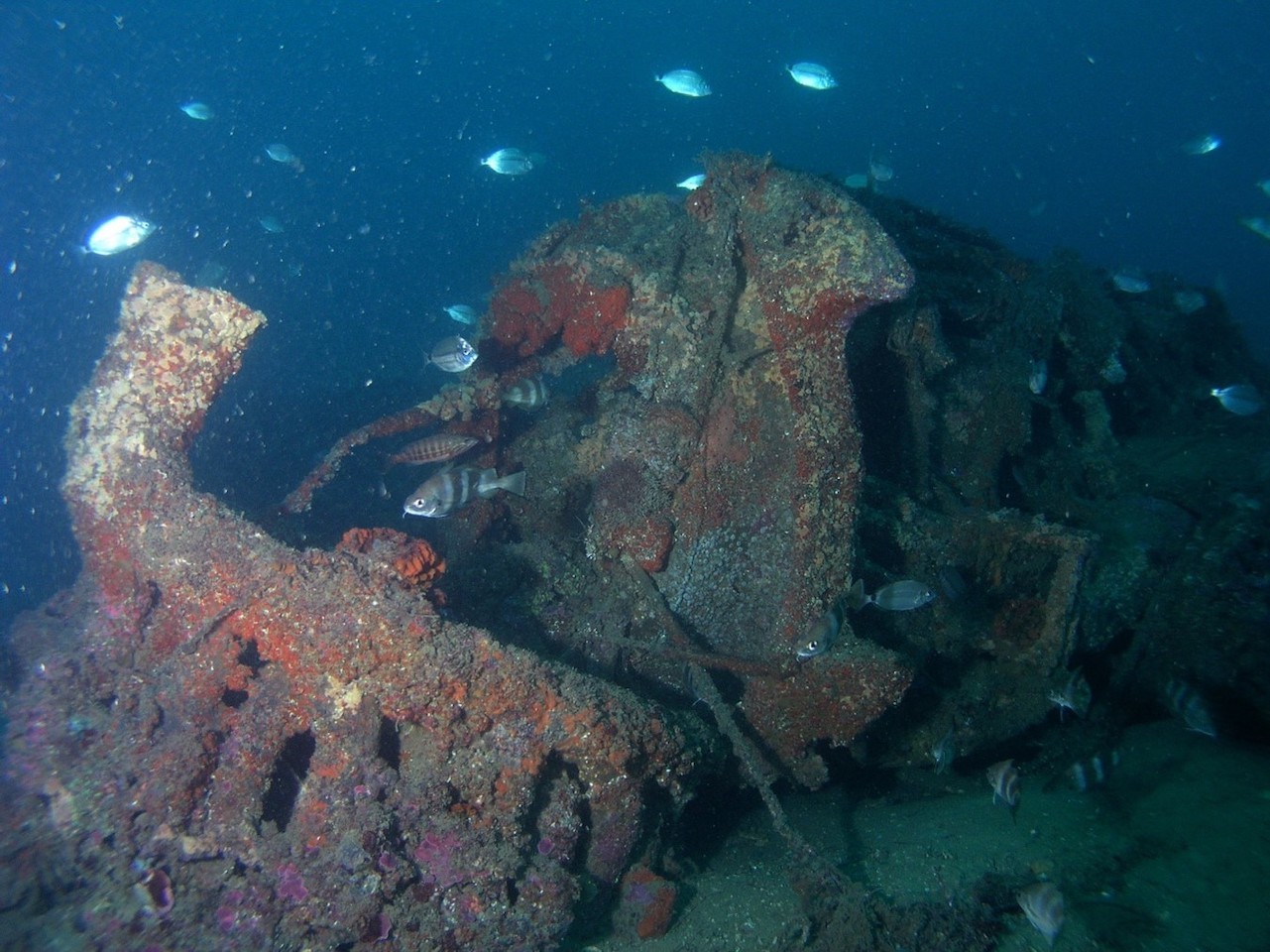THETIDA Publishes a New Article on its Pilot Site: the Consolidated B24-Liberator

One might rightfully be wondering what a Consolidated PB4Y-1 (B-24 J) Liberator BuN 63931 (N36 59.235; W008 00.251) is? It is a US Navy aircraft that crashed in the depths of the Atlantic Ocean on the night of 30 November 1943, while the Second World War was raging. This four-engined bomber was on anti-submarine patrol deployed in the Gulf of Cadiz and belonged to VB 112 Squadron, which had just arrived at Port Lyautney (now Kenitra) in Morocco. Today, the aircraft and its crew are best known as the main actors in a riveting rescue story shared by the local population.
At the time, planes could patrol isolated across the sea for hundreds of miles, equipped with traditional navigation systems (maps and a compass) and radio frequencies to guide them back. On their way back from a mission, the American pilots of the B-24 Liberator were unaware that Seville used a frequency very close to the one of their Squadron, which was eventually picked by the aircraft. As a result, the crew of the B-bomber ended up flying towards the Iberian Peninsula instead of the location they were meant to reach in Morocco. Due to bad weather, turbulence and poor visibility, the crew attempted a beach landing and crashed instead into the sea. When the landing gear struck the waves, the aircraft overturned and broke apart, killing five of the eleven crew members. The survivors were found and rescued by three fishermen, Jaime Nunes, Manuel Nunes and José Mascarenhas. Despite the difficult conditions, the 5-meter fishing boat and its seafarers made it to the shore…
Click here to discover more about the B-24 Liberator and the THETIDA project!
